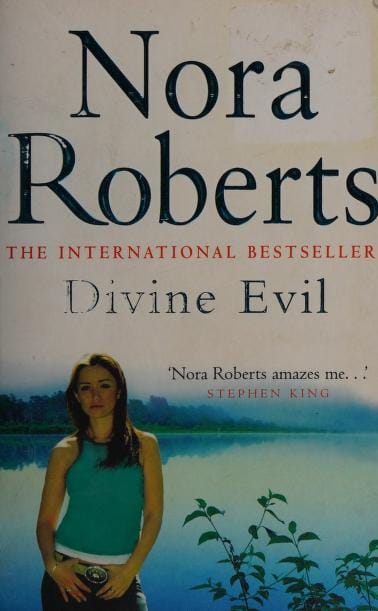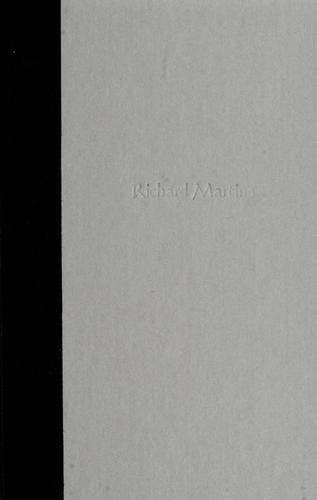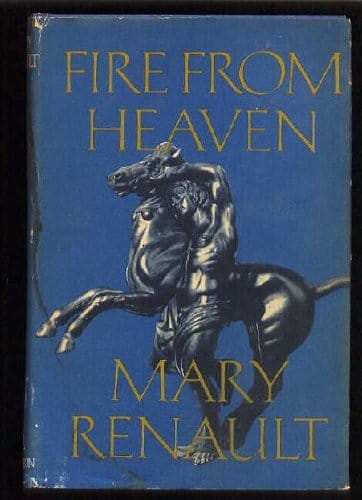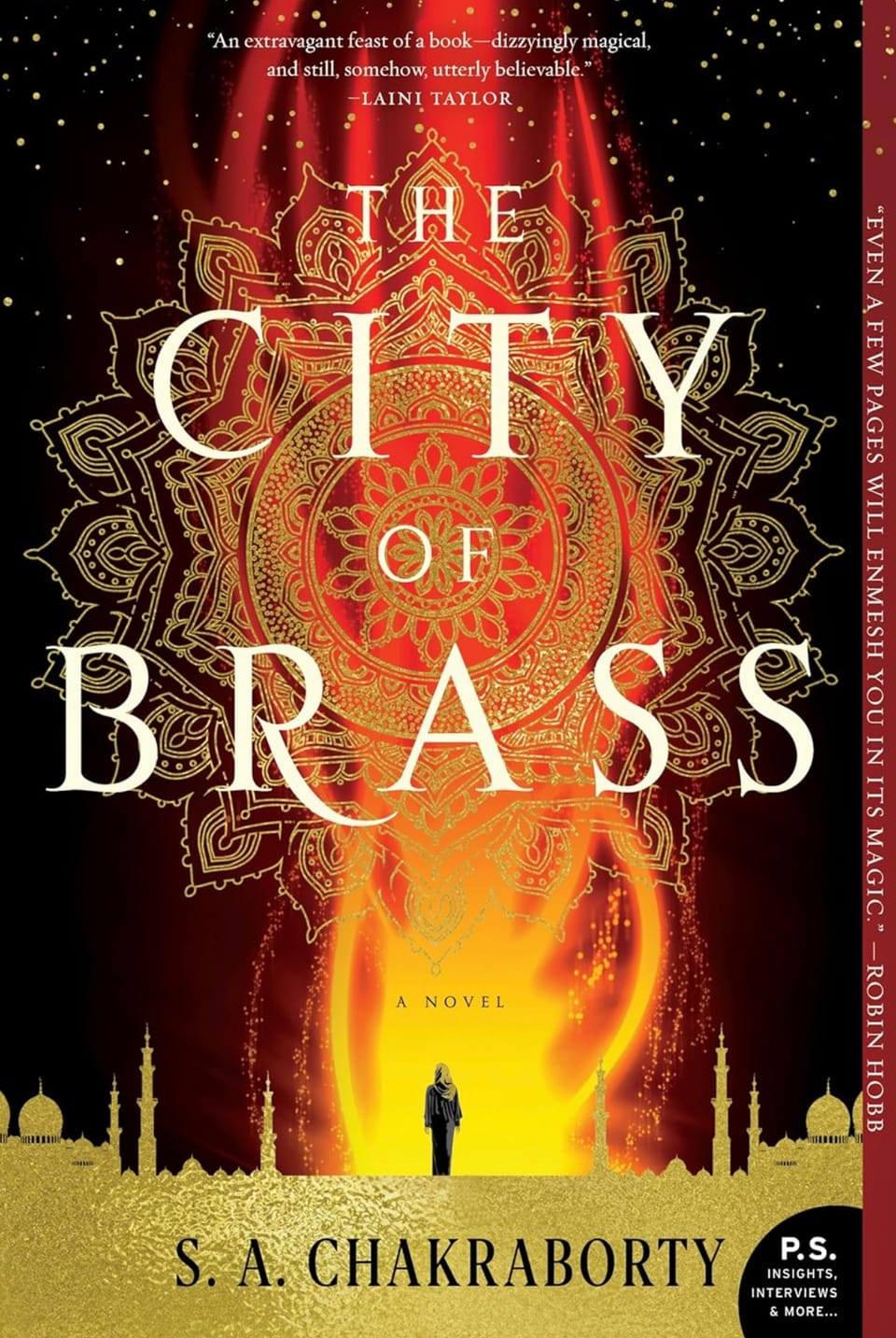Divine Evil: Exploring the Paradox of Dark Divinity
Explore the intriguing concept of Divine Evil, from theology to pop culture, examining how divinity and malevolence intertwine.

Introduction: What Is Divine Evil?
"Divine Evil" is a phrase that immediately feels contradictory, pairing the sacred with the sinister. Yet history, myth, and pop culture are filled with gods, angels, and holy figures who display terrifying wrath or morally ambiguous motives. Whether you are approaching the topic as a theologian, a literature student, or simply a curious reader, understanding Divine Evil means examining how cultures explain suffering, power, and morality when the source is presumed to be all-good. This article unpacks the paradox, following the trail from ancient scriptures to today’s streaming platforms.
Theological Roots of a Dark Divinity
In formal theology, Divine Evil is rarely embraced outright; instead, it becomes a dilemma to solve. Monotheistic religions insist on an omnibenevolent God, yet scriptures also speak of plagues, floods, and commanded wars. Early Church Fathers such as Augustine argued that evil is merely the absence of good, absolving God of direct responsibility. In contrast, some Gnostic sects proposed a flawed creator deity, the Demiurge, whose ignorance explained the world’s pain. Both approaches reveal how believers wrestle with the prospect that the sacred might, at times, look cruel.
The Problem of Evil and Theodicy
The classic formulation of the problem of evil asks: If God is all-powerful and wholly good, why does evil exist? Theodicies—reasoned defenses of divine justice—provide different answers. The Free Will Defense states that God allows evil so humans can exercise genuine choice. Soul-Making Theodicy, championed by Irenaeus and modern thinker John Hick, suggests suffering shapes virtuous character. Yet each explanation leaves a residue of discomfort when natural disasters, childhood illnesses, or random atrocities strike without moral cause. Thus, the shadow of Divine Evil persists as a provocative thought experiment.
Mythological Archetypes of Dark Divinity
Polytheistic pantheons openly display gods who punish, deceive, and destroy. In Mesopotamian myths, the goddess Ishtar unleashes the Bull of Heaven out of spite. The Greek Zeus transforms into various animals to pursue mortals, and Hera’s jealousy leaves cities in ruin. Norse lore foretells Ragnarök, a divine apocalypse brought about by the very gods entrusted with cosmic order. These stories treat Divine Evil not as an aberration but as an integral expression of uncontrollable cosmic forces. They serve as cautionary tales: respect the gods, for their blessings and their wrath are two sides of the same coin.
Divine Evil in Literature
Writers have long used dark divinity to probe moral uncertainty. In Paradise Lost, John Milton crafts Satan as a tragic anti-hero while God remains distant, prompting readers to question who truly embodies tyranny. Modern fantasy literature, from J.R.R. Tolkien’s burned-out Maia Sauron to George R.R. Martin’s Lord of Light cult, continues to explore divine malice. Even children’s stories such as C.S. Lewis’s The Last Battle feature a donkey who poses as the gentle lion Aslan, corrupting faith through imposture. Each narrative invites audiences to ask whether ultimate power inevitably bends toward domination.
Film, Television, and Video Games
The screen age has given Divine Evil striking visual form. Horror classics like The Exorcist depict demons claiming sacred authority, while more recent series such as Lucifer humanize the Devil, blurring lines between righteousness and rebellion. In Marvel movies, Celestials create and cull entire civilizations without remorse, functioning as cosmic gardeners with cruel pruning shears. Video games from Diablo to Elden Ring let players confront corrupted gods, turning theological debate into interactive drama. Search data shows steady spikes for "evil god boss" and "dark divinity lore," proving strong audience fascination that fuels SEO traction.
The Psychological Dimension
Psychologists suggest Divine Evil personifies humanity’s fear of randomness. Blaming a god—however harsh—creates a narrative framework, giving seemingly senseless suffering a remote author. Carl Jung’s concept of the Shadow explains why believers project repressed instincts onto deities, crafting vengeful gods as mirrors of collective hostility. Rituals, atonement, and sacrifice then function as coping mechanisms to manage existential dread. Understanding this mental architecture not only enriches faith studies but also illuminates how modern people process tragedy.
Reconciling Faith with Fear
Communities employ several strategies to reconcile reverence with terror. Some theologians emphasize progressive revelation: scriptures grow in moral clarity, so earlier brutal episodes reflect human limitation, not divine nature. Mystics advocate apophatic theology—describing God by what He is not—to accept mystery without labeling it evil. Progressive religious movements reinterpret punitive passages through historical-critical lenses, thereby distancing modern ethics from ancient violence. These approaches demonstrate elasticity within belief systems when confronted by Divine Evil.
Conclusion
Divine Evil is more than a chilling oxymoron; it is a multifaceted lens through which humanity examines power, justice, and the unknown. From Bronze Age myths to digital boss battles, the specter of a god who harms or abandons continues to provoke debate. By studying the paradox rather than dismissing it, we gain insightful perspectives on resilience, creativity, and the perpetual quest for meaning in a world where light and shadow share the same throne.



